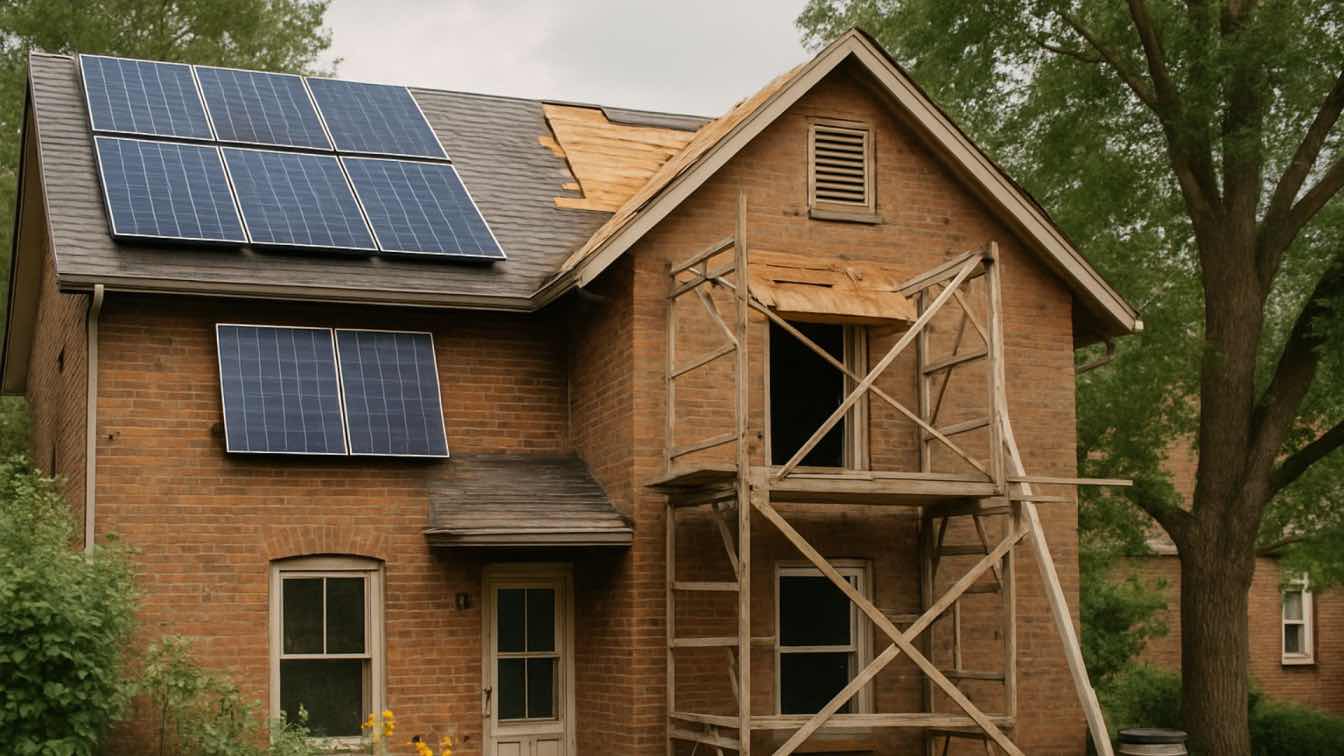According to DNV’s Energy Industry Insights 2024, 73% of senior energy professionals expressed confidence in the industry’s growth trajectory for 2024, with rising optimism in oil and gas highlighting the continued importance of structural integrity and compliance in offshore projects. With global offshore energy production expanding and floating production units becoming more complex, design compliance is not just a regulatory box to check—it’s a lifeline.
Among the most trusted frameworks for ensuring structural integrity in offshore engineering are the DNV standards. These documents, developed by Det Norske Veritas (DNV), are globally recognized and often mandated by certifying bodies for the design, verification, and maintenance of offshore steel structures.
In this article, we break down the role of DNV standards in offshore projects and how to practically navigate them from the ground up—covering key topics like plate buckling, fatigue, weld strength, and bending stress.
What Are DNV Standards?
DNV (Det Norske Veritas) is an independent foundation that provides certification and advisory services across multiple industries, including maritime and offshore energy. Its offshore DNV standards and recommended practices offer technical provisions for designing, evaluating, and verifying offshore structures and components.
DNV standards are widely applied in the offshore sector, especially for floating platforms, wind turbine foundations, and subsea systems where wave fatigue, buckling, and weld integrity are critical.
These standards are essential in projects involving:
1- Offshore platforms and wind farms
2- Subsea structures and support frames
3- Floating production storage and offloading units (FPSOs)
4- Marine renewable installations
Why Compliance Starts from the Ground Up
For offshore structures, compliance is more than paperwork—it defines the entire engineering process, starting at the design phase. The complexity of environmental loads (wave, wind, ice, and current), in combination with harsh operational conditions, means every component must be built with reliability in mind.
In offshore jackets and topsides, bending stress plays a vital role in sizing girders and braces subject to wave-induced loads and crane operations. Bending occurs when external forces or moments cause the structure to deform. The integrity of steel beams, plates, stiffeners, and joints relies on careful calculation of the resulting stresses.
Key DNV Standards for Offshore Compliance
1. DNV CN30 – Buckling Strength Analysis
Addresses both classical (Euler-type) and advanced nonlinear buckling behaviors in plates and beam components -critical for floating structures and tall topsides. It classifies buckling into two main categories:
Snap-through buckling: A sudden collapse under increased load.
Classical bifurcation buckling: A gradual instability due to a secondary equilibrium path.
The goal is to identify the most critical buckling mode and calculate its characteristic strength. This analysis is key for:
1. Hulls
2. Beams
3. Plate elements
By identifying the weakest buckling mode, engineers can ensure structural safety from the initial design stage.
2. DNV RP-C201 – Buckling Strength of Plated Structures
This recommended practice expands upon CN30 with two analysis methodologies:
Standard buckling formulas for stiffened and unstiffened plates.
The PULS method enables rapid assessment of ultimate strength without requiring full FEA, particularly useful for large, stiffened panels under complex load combinations.
It provides recommendations for:
1. Flat plates
2. Stiffeners
3. Girders
By combining analytical and semi-analytical models, engineers can better predict failure modes and optimize structures for weight and cost.
Implemented in SDC Verifier, these checks automate plate and stiffener buckling evaluations, helping designers catch weaknesses early.
3. DNV OS-C101 – LRFD Design Method
This Offshore Standard outlines general structural design using the Load and Resistance Factor Design (LRFD) methodology. LRFD ensures:
1. Load combinations reflect real-life operating and extreme conditions.
2. Adequate safety margins against failure.
3. Durability against corrosion and fatigue over the structure’s lifetime.
Typical applications:
1. Jacket platforms
2. Topsides in fixed or floating offshore units
When using SDC Verifier, engineers can automatically run weld strength checks in accordance with OS-C101, reducing the manual workload in complex design projects.
4. DNV OS-C201 – WSD Design Method
This standard uses the Working Stress Design (WSD) method and is intended for worldwide application. It allows for:
Probability-based design
Design assisted by testing
Flexible adaptation to local regulations
WSD is especially valuable in non-standard installations where customized safety margins or test-based validation is required.
5. DNV RP-C203 – DNV Standards for Fatigue of Offshore Steel Structures
Fatigue is one of the leading causes of offshore failure due to repeated loading from waves, wind, and operation. RP-C203 provides methods for:
1. Fatigue life assessment using S-N curves (stress-life approach).
2. Fracture mechanics evaluations for critical joints and welds.
3. Weld classification and fatigue detail categories.
The 2024 edition of this standard (fully supported in SDC Verifier) brings:
1. More accurate classifications.
2. Improved fatigue life calculation.
3. Compatibility with carbon-manganese steel up to 960 MPa yield strength.
This standard is crucial for:
1. Offshore platforms
2. Marine pipelines
3. Wind turbine foundations
By using these methods, engineers can design against fatigue from day one and plan effective inspection programs during the structure’s operational life.
6. DNV-CG-0128 – Plate Buckling
The most recent guideline for unstiffened plate buckling, supporting:
Closed Form Method – A fast and effective way to assess the buckling capacity.
Ultimate hull girder capacity
Non-linear FEA for advanced modeling
CFM, implemented in SDC Verifier, allows engineers to evaluate buckling capacity without full FEA, saving time in early-stage scenarios.
Automation and Software: The Role of SDC Verifier
Manual compliance with DNV standards—especially for fatigue and buckling — risks overlooking local failures or inconsistent load combinations, which can lead to non-certification or rework. That’s where engineering automation tools like SDC Verifier come in.
By implementing the full suite of DNV standards mentioned above, SDC Verifier allows engineers to:
1. Automate checks for buckling, fatigue, and weld strength.
2. Integrate directly with FEA tools like ANSYS, FEMAP, and Simcenter 3D.
3. Generate standard-compliant reports with traceability and transparency.
Conclusion
Compliance with DNV standards isn’t a final checkbox—it’s a design mindset that starts at concept and continues through fabrication, installation, and inspection.
By using tools like SDC Verifier to implement and automate DNV compliance, engineering teams can focus less on manual validation and more on innovation, optimization, and performance.





